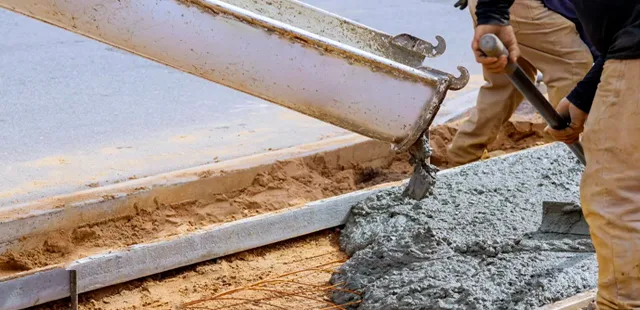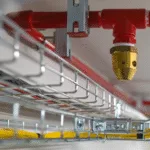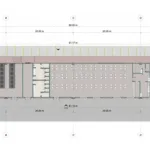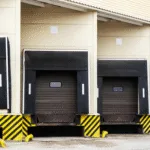julio 9, 2025
Advantages of Cast-in-Place Concrete for Industrial Structures
In the world of industrial construction, the choice of materials and building methods directly impacts the quality, functionality, and lifespan of projects. One of the most widely used techniques in this sector is cast-in-place concrete, also known as in situ concrete. This method offers a range of technical and economic advantages, making it an ideal choice for industrial warehouses, logistics centers, manufacturing plants, and other large scale developments.

Below, we explore the main advantages of cast-in-place concrete for industrial structures:
- High Structural Strength
Cast-in-place concrete enables a monolithic bond between different structural elements, resulting in greater resistance to vertical and lateral loads. This is particularly important for industrial structures that must support heavy machinery, storage systems, and constant movement. - Increased Durability
Since the concrete is poured directly on site, it can be better adapted to specific weather and soil conditions. This allows for improved quality control in mixing, curing, and placement, resulting in a structure more resistant to wear, moisture, and corrosive agents. Durability is a key factor in industrial environments that require minimal maintenance and continuous operation. - Design Flexibility
Cast-in-place concrete provides greater architectural and structural freedom. Custom shapes can be created, complex geometries accommodated, and technical details adjusted during the construction process. This is especially useful in tailor made projects that demand specific solutions based on the type of industrial operation. - Reduction of Joints and Connections
By pouring the concrete directly into its final position, structural joints common points of wear or leakage are significantly reduced. Fewer joints mean a more airtight, continuous, and thermally and structurally efficient structure. - Better Integration with Other Building Systems
Cast-in-place concrete simplifies integration with electrical, plumbing, sanitary, and mechanical systems, as spaces or conduits can be pre planned and incorporated during pouring. This early integration streamlines the construction process and minimizes rework.
Conclusion
Cast-in-place concrete is a robust, durable, and versatile solution for constructing industrial structures. Its ability to adapt to various design requirements, provide superior strength, and optimize resources makes it a strategic choice for companies seeking high performance, long lasting infrastructure.
In an environment where efficiency and quality are essential, this method remains one of the most reliable in the industrial sector.






